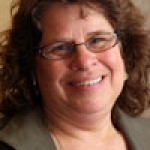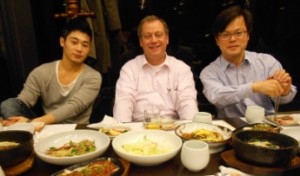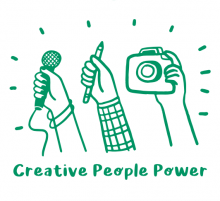
Andrew Taylor
Defining, and Scaling, Our Terms
Posted by Dec 05, 2012

Andrew Taylor
 Andrew Taylor
Andrew Taylor
Before we can have a useful conversation about taking cultural enterprises or community arts efforts "to scale," we need to define what we mean by that. "Going to scale" usually means serving more people in more places with the same service structure. But that can happen in a number of ways.
First, a single organization can successfully increase its reach or impact by expanding. Second, other individuals or organizations can replicate successful projects or programs to serve more people in more places, while the original organization remains much the same. Finally, you can scale through a hybrid of the two approaches above, where a successful program provider creates a "franchise" to license or sell or support multiple instances of the same program.
In the commercial world, scalability of a project or business has mostly to do with economics, and the interplay of fixed and variable costs (sorry, we have to go there...but I'll be brief). It all begins with the fixed investment required to build the project or process...how big the machine or system or service network needs to be to launch.
After that, it's all about incremental revenue. Projects can scale if the incremental revenue from additional users is large enough to surpass the fixed costs quickly, and leave them in the dust (the customer pays you $10 and they only cost you $1, for example). When incremental revenue is slim (customer pays you $10, but cost you $9 to serve), a project can't capture its fixed costs quickly, can't surpass those fixed costs dramatically, and therefore can't scale very well.
Read More

 Laura Zabel
Laura Zabel

















